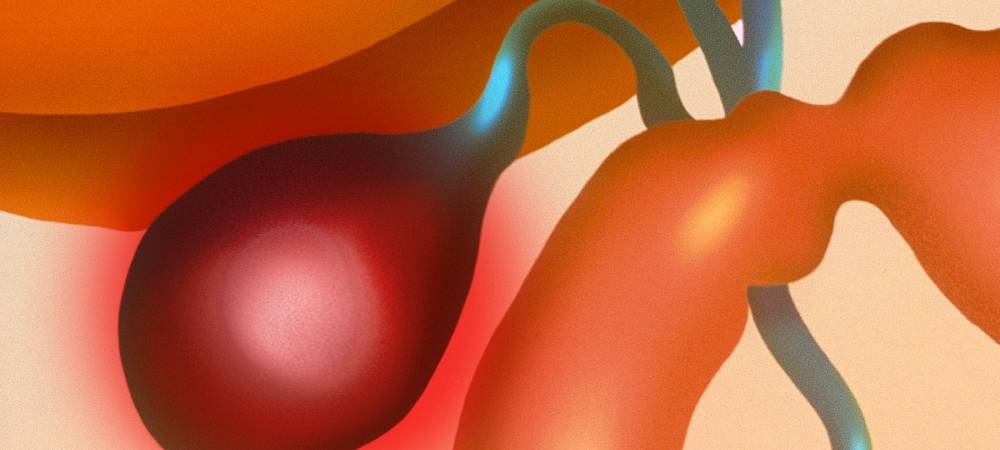Gall Bladder Disease
Home : : Gastroenterology : : Gall Bladder Disease
Gastroenterology Treatments

The gallbladder is a small pear-shaped sac located underneath your liver. Your gallbladder’s main function is to store the bile produced by your liver and pass it along through a duct that empties into the small intestine. Bile helps you digest fats in your small intestine.
Inflammation causes the majority of gallbladder diseases due to irritation of the gallbladder walls, which is known as cholecystitis. This inflammation is often due to gallstones blocking the ducts leading to the small intestine and causing bile to build up. It may eventually lead to necrosis (tissue destruction) or gangrene.
Causes and Risk Factors of Gallbladder Problems
It’s often unclear exactly why gallstones form, but there are a number of factors that increase your risk of developing them, including the following:
- Being a woman
- Older age
- Obesity
- High cholesterol
- Taking medications that contain estrogen
- Losing weight quickly
- Diabetes
- Pregnancy
How Gallbladder Problems are Diagnosed?
To diagnose a gallbladder problem, such as gallstones, your doctor will first ask about your symptoms and perform a physical examination to determine what area of your abdomen is tender or painful.
If your doctor suspects gallstones, you may undergo one or more of the following tests:
- Blood tests: Your doctor may look for elevated bilirubin, a waste product in blood that can signal a blocked bile duct. Tests may also look for abnormal pancreatic or liver enzyme levels, or signs of infection.
- Abdominal ultrasound: This noninvasive test uses sound waves to view your gallbladder and surrounding areas, including any gallstones that may be present.
- Abdominal CT scan: This noninvasive test uses radiation to create images of your gallbladder and bile ducts.
- ERCP: In an ERCP procedure, you are sedated and an endoscope (a long, thin tube) containing a tiny camera is passed down your throat into your bile ducts. Contrast dye and X-ray images are also typically used to view your gallbladder and surrounding structures in detail.
Gallbladder Conditions
- Gallstones (cholelithiasis): For unclear reasons, substances in bile can crystallize in the gallbladder, forming gallstones. Common and usually harmless, gallstones can sometimes cause pain, nausea, or inflammation.
- Cholecystitis: Infection of the gallbladder, often due to a gallstone in the gallbladder. Cholecystitis causes severe pain and fever, and can require surgery when infection continues or recurs.
- Gallbladder cancer: Although rare, cancer can affect the gallbladder. It is difficult to diagnose and usually found at late stages when symptoms appear. Symptoms may resemble those of gallstones.
- Gallstone pancreatitis: An impacted gallstone blocks the ducts that drain the pancreas. Inflammation of the pancreas results, a serious condition.
